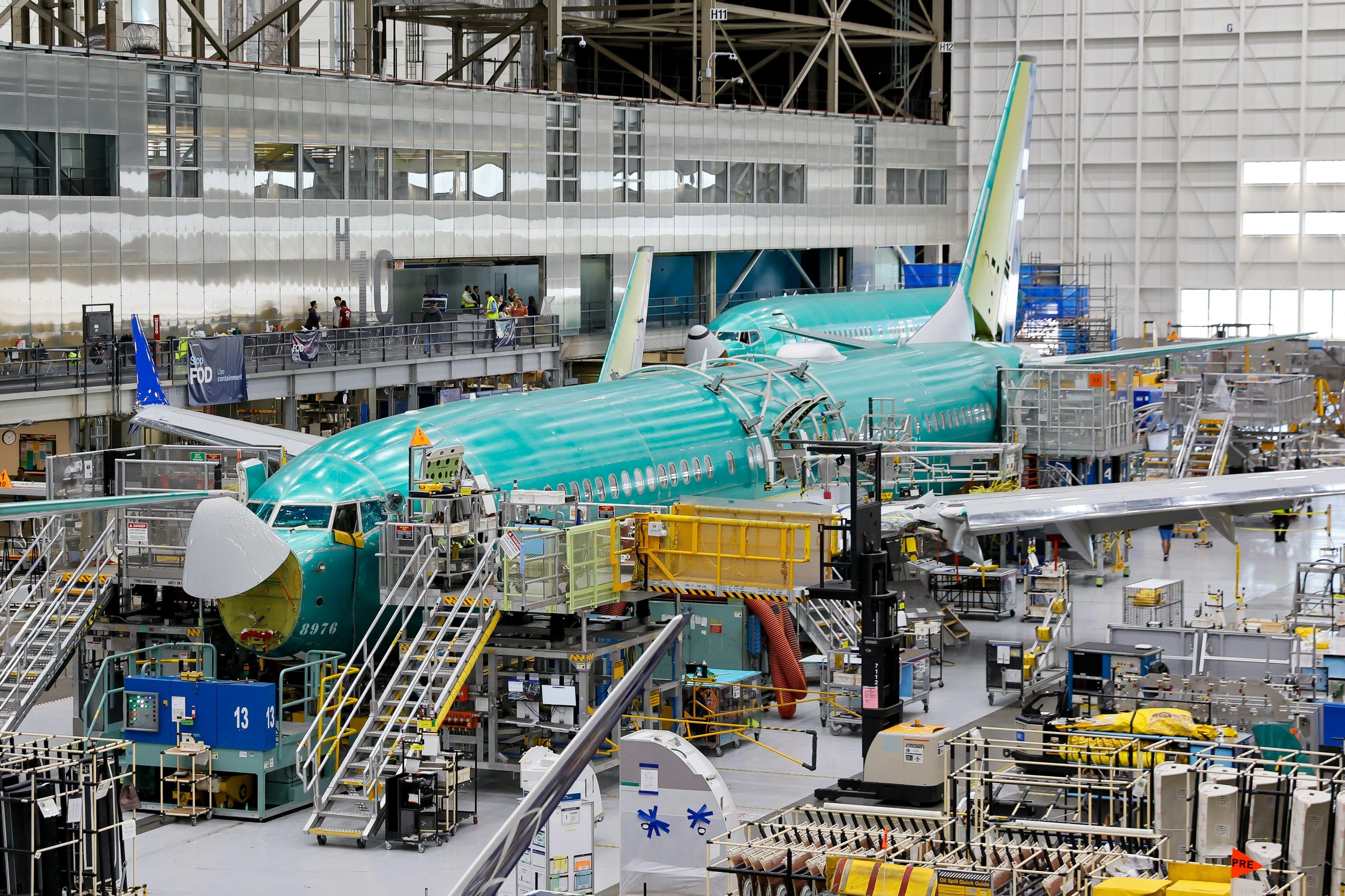
AeroGenie — あなたのインテリジェントな副操縦士。
現在のトレンド
Categories
Overcrowding Extends Rio-São Paulo Air Shuttle by Nine Minutes
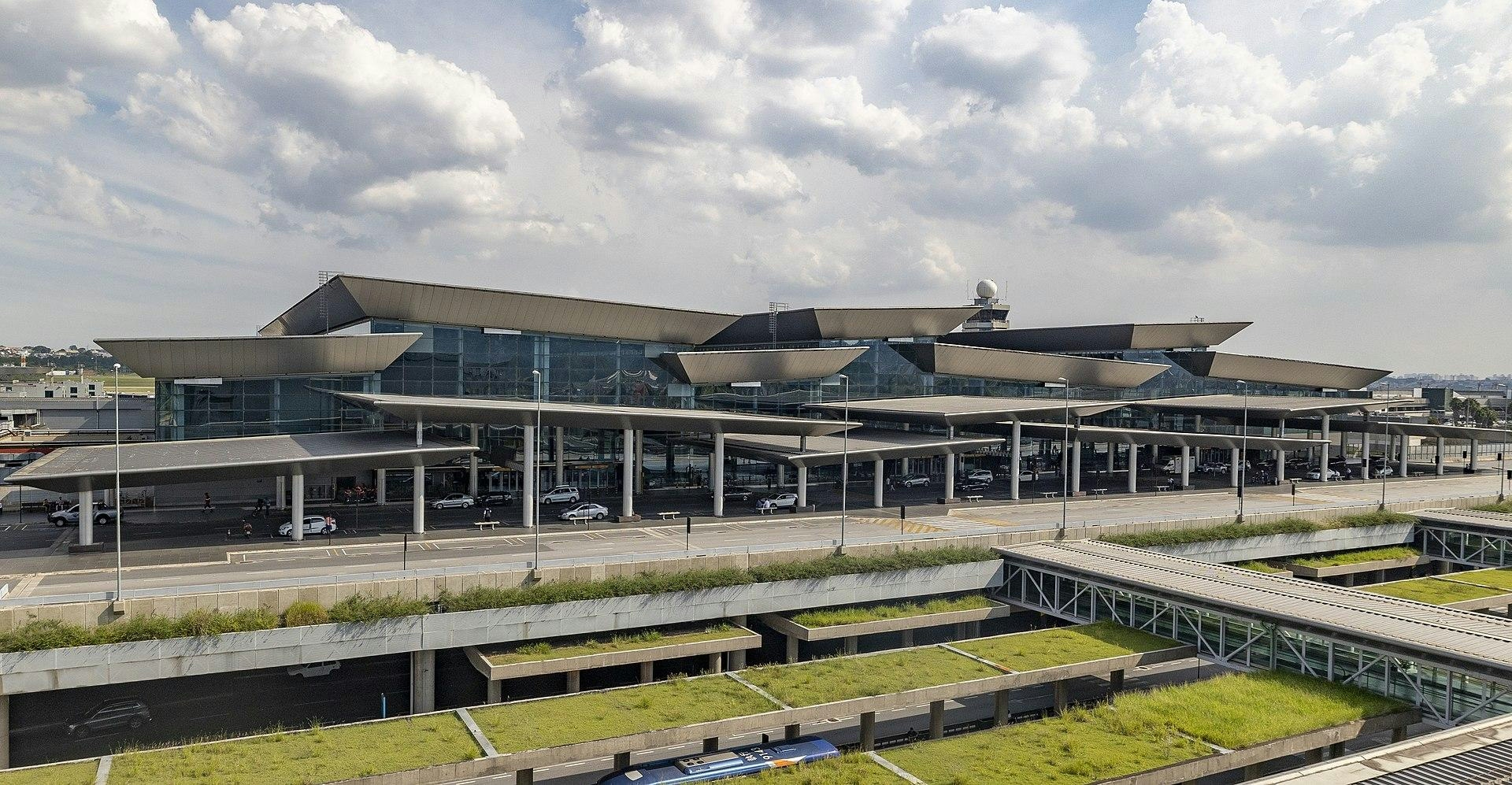
Overcrowding Extends Rio–São Paulo Air Shuttle by Nine Minutes
Rising Delays at Congonhas Airport
Congestion at São Paulo’s Congonhas Airport is causing notable delays for Brazil’s airlines, with the average flight time on the heavily trafficked Rio–São Paulo air shuttle increasing by approximately 15%. Data from Brazil’s civil aviation regulator, ANAC, reveals that flights between Congonhas and Rio de Janeiro’s Santos Dumont Airport averaged 1 hour and 7 minutes from January to August this year, compared to 58 minutes during the same period in 2015. This nine-minute increase, measured from engine start to full stop (“block hour”), is placing considerable strain on airline operations.
With more than 20 daily flights on this route, carriers now require an additional aircraft merely to maintain existing frequency. The situation is expected to worsen as construction at Congonhas, overseen by Spain’s Aena, intensifies. While Aena reports improvements in performance indicators since taking over the airport concession, industry stakeholders remain concerned about ongoing operational challenges.
Structural Constraints and Operational Impact
Congonhas is widely recognized as Brazil’s most complex airport due to its limited capacity and vulnerability to disruptions. Delays or incidents often trigger cascading effects, as both Congonhas and Santos Dumont operate under stringent time constraints. The congestion is anticipated to escalate after October 26, when 20 takeoff and landing slots previously held by Voepass—currently under court-supervised reorganization following an August 2024 crash—will be redistributed among other airlines, further reducing operational buffers.
Jerome Cadier, CEO of Latam Brasil, Brazil’s largest airline, highlighted that ground times at Congonhas have increased by about seven minutes over the past year. He attributed this to both ongoing construction and structural limitations, including a short runway, restricted operating hours, and increasingly crowded airspace. Airlines broadly agree that congestion intensified after ANAC raised the hourly movement limit from 41 to 44 in 2023 without corresponding infrastructure upgrades.
The impact extends beyond the airport itself. Airlines have had to revise schedules to accommodate longer turnaround times, while congestion in São Paulo’s airspace—affected by traffic from Guarulhos and Viracopos airports—forces planes to slow down or even reroute. An industry source noted that aircraft departing Rio are sometimes instructed by air traffic control to reduce speed or divert to Santos Dumont to await landing clearance at Congonhas.
Financial and Market Implications
These operational difficulties are increasing costs for airlines, which must maintain additional aircraft and crew on standby to uphold punctuality and avoid losing valuable slots under ANAC’s efficiency regulations. The growing congestion and delays risk diminishing passenger satisfaction, potentially prompting some carriers to adjust schedules or pricing strategies, while others may focus on operational efficiency or enhanced service offerings.
Market reactions have been mixed. While some passengers and businesses express concern over longer travel times, others remain unaffected. The situation may become more complex with the National Football League’s commitment to host games in Rio de Janeiro starting in 2026, which could further increase demand and strain the shuttle’s capacity.
Cadier anticipates that meaningful improvements are unlikely before 2027, when runway optimization works are scheduled for completion. “Until then, it’ll be tough. We’re going to struggle. Let’s see how the construction progresses,” he remarked, underscoring the challenges ahead for Brazil’s busiest air corridor.
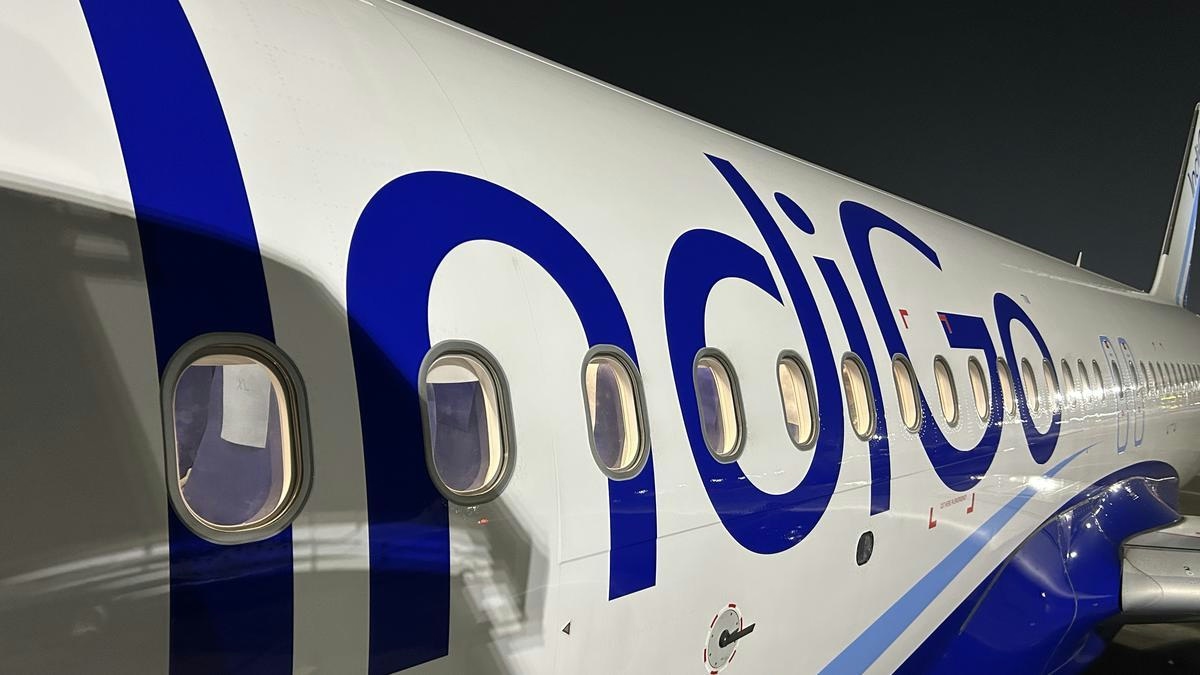
IndiGo to Deploy Wide-Body Aircraft on Vijayawada-Hyderabad Route, Says MP
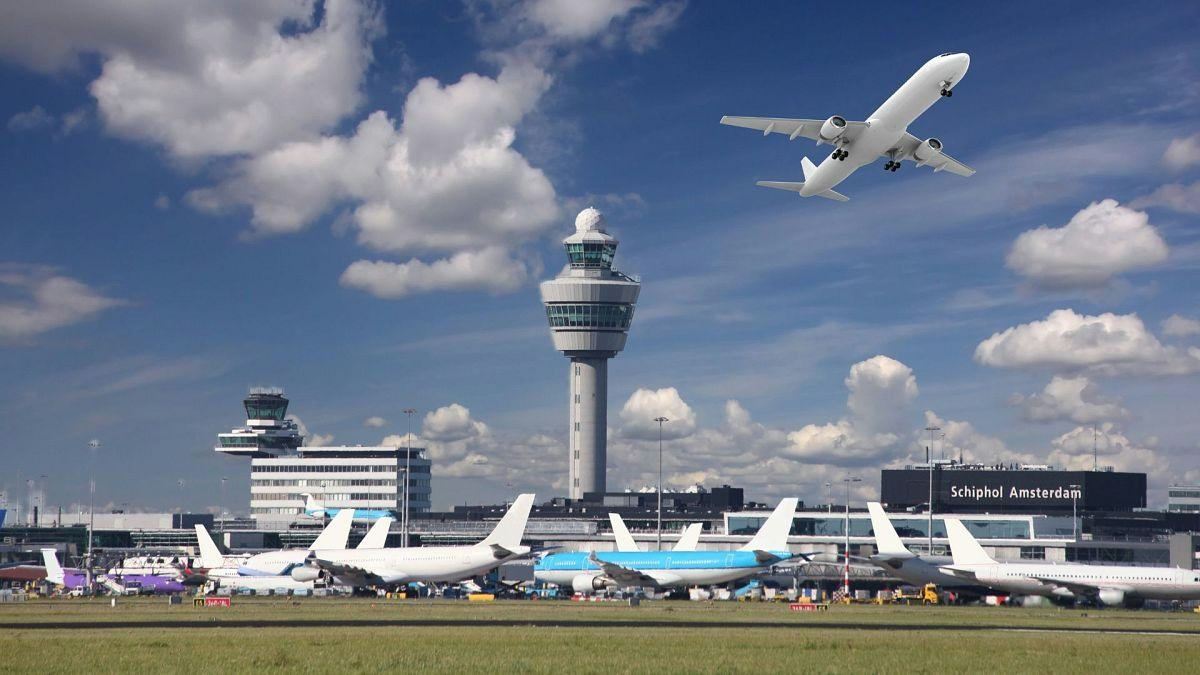
Europe Unveils New Aviation Strategy to Promote Cleaner, Faster Flights
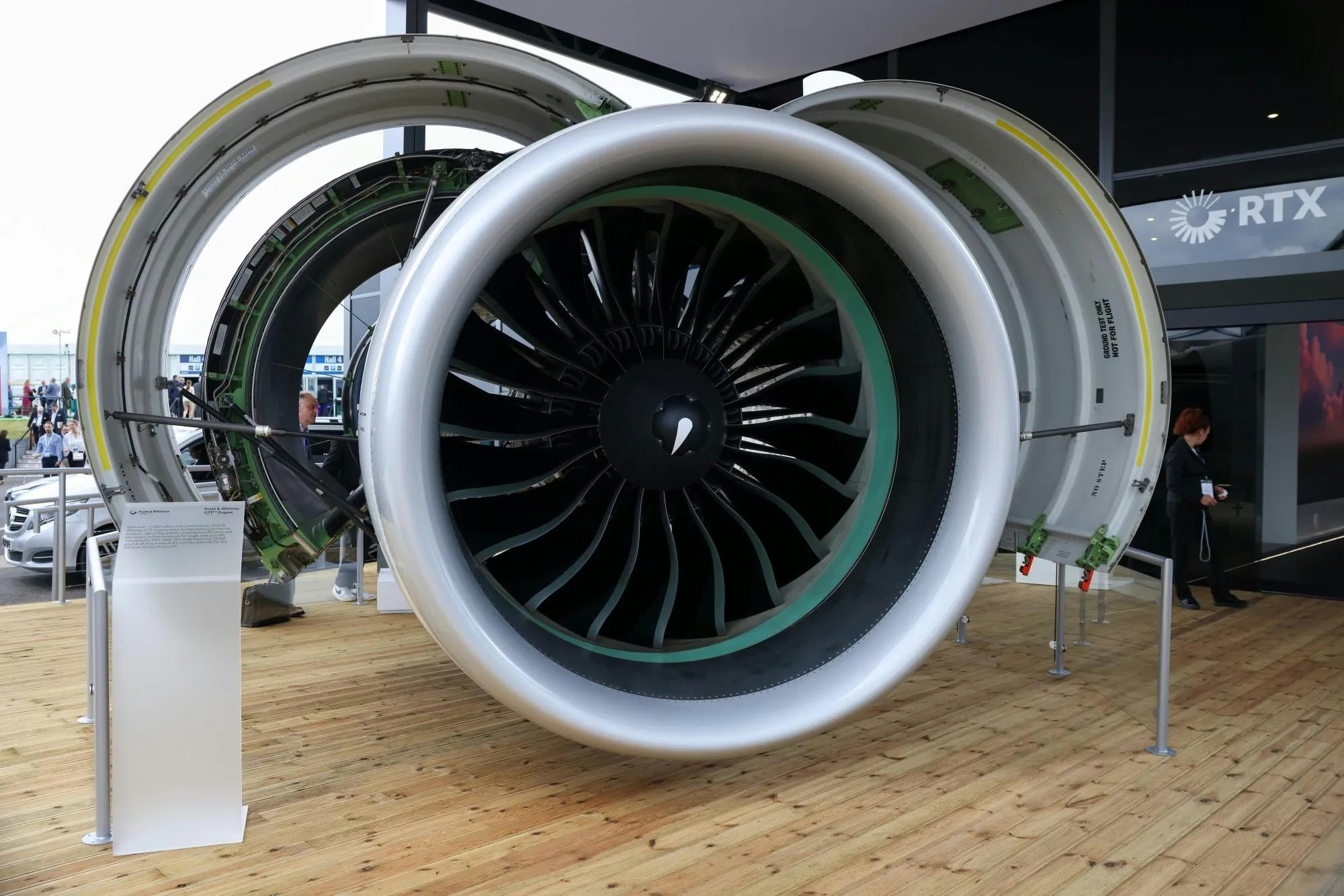
Spirit Signs Agreement with Pratt & Whitney Units on Aircraft Engines

ADB SAFEGATE Receives Industry Awards for Marketing, R&D, and Social Impact

GA Telesis Secures Five-Year Landing Gear Overhaul Agreement with Major U.S. Carrier

Government Strengthens Aviation Safety Framework Amid AI-171 Investigation

NASA Software Raises Bar for Aircraft Icing Research

Dans and Emirates Aviation University Partner on AI Air Traffic Management Research
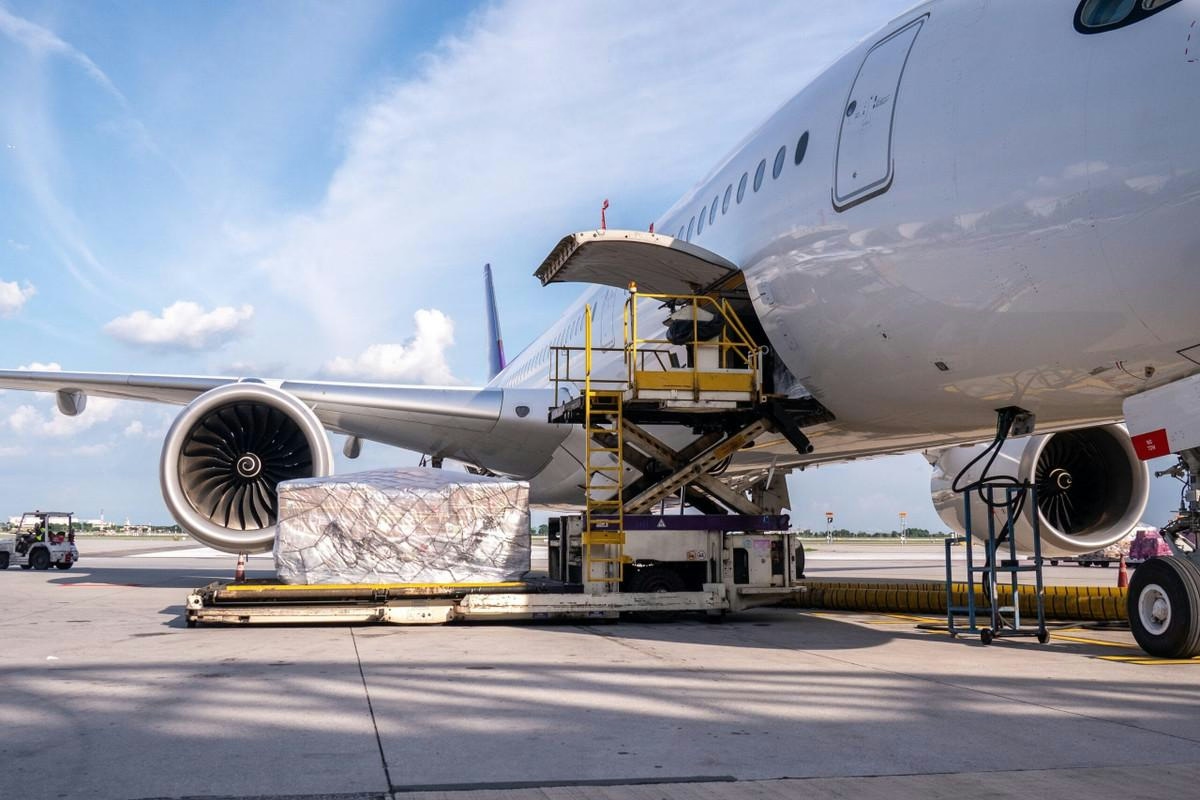
Nigus and AXISCADES to Develop Nigeria’s First Major Aviation MRO Hub
